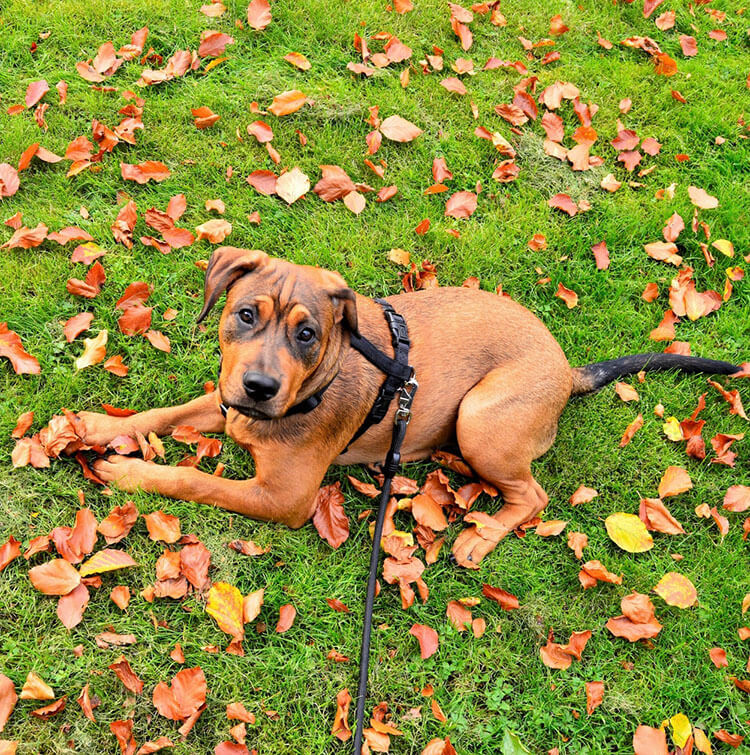Looking After Your Pet’s Ears
South Cranbourne Veterinary Surgery
Looking After Your Pet’s Ears
South Cranbourne Veterinary Surgery
Your pet’s ears should be regularly checked, particularly in dogs with large floppy ears, dogs that have been swimming or bathed or those with excessive hair blocking the ear canal opening. Dogs and cats’ ears should be free from irritation when touched, any moist discharge and be relatively odour free. Ear problems can come up quickly and a pet will generally only show signs of an ear problem when it becomes a really bad ear infection. Some pets will have ongoing ear problems that may require surgery to prevent them coming back.
Signs of Ear Disease
- Unpleasant odour
- Excessive scratching and pawing of the ear and head
- Sensitivity to touch, often resulting in pain and vocalising
- Tilting of the head to one side
- Discharge, accumulation of wax or bleeding
- Redness or swelling of the ear flap or canal
- Quiet or agitated behaviour
- Loss of balance or hearing
- Disorientation
- Irritated skin of the ear flap
- Bald area of skin around the ear can indicate scratching of the ear
Causes of Ear Disease
- Ear infection: can be in the external ear canal or the middle ear. Infections can be caused by bacteria and/or yeast and could be indicative of an underlying problem such as allergies. Your veterinarian will determine this during your visit and suggest the best course of action.
- Ear mites: are highly contagious and spread from pet to pet, particularly in young animals.
- Foreign material: grass seeds are a common cause of ear disease and irritation. It is important that these are promptly removed to prevent further damage as they can track into the ear.
- Aural haematoma: means an accumulation of blood in the ear flap. This is commonly a result of excessive head shaking or scratching and can be triggered by infection or fleas.
Preventing ear infections
Dogs that swim or are bathed regularly are more prone to ear infections. An ear cleaning solution used on an appropriate basis can be helpful in maintaining your dog’s ear health. Please speak to the clinic for specific recommendations for your pet. It is important not to clean too frequently as this can make the ears too moist, contributing to ear infections.
How to Administer Ear Drops or Ointment
- Clean the external ear thoroughly with a moistened cotton ball or tissue (water or veterinary-recommended solution). Never stick cotton tips into your pet’s ears as you could damage the ear or push wax and foreign material further into the ear.
- Gently pull the ear flap over the head and drop the medication into the lowest opening of the ear canal.
- Gently massage the ear area to help work the medication deeper into the ear canal. If there is enough medication in the ear, you will just begin to hear a “squishing” noise as you massage.

Opening Hours
Monday: 8am–7pm
Tues-Thurs: 8am–6pm
Friday: 8am–7pm
Saturday: 8am–12pm
Sunday: Closed
Address
82 Earlston Circuit, Cranbourne VIC 3977

